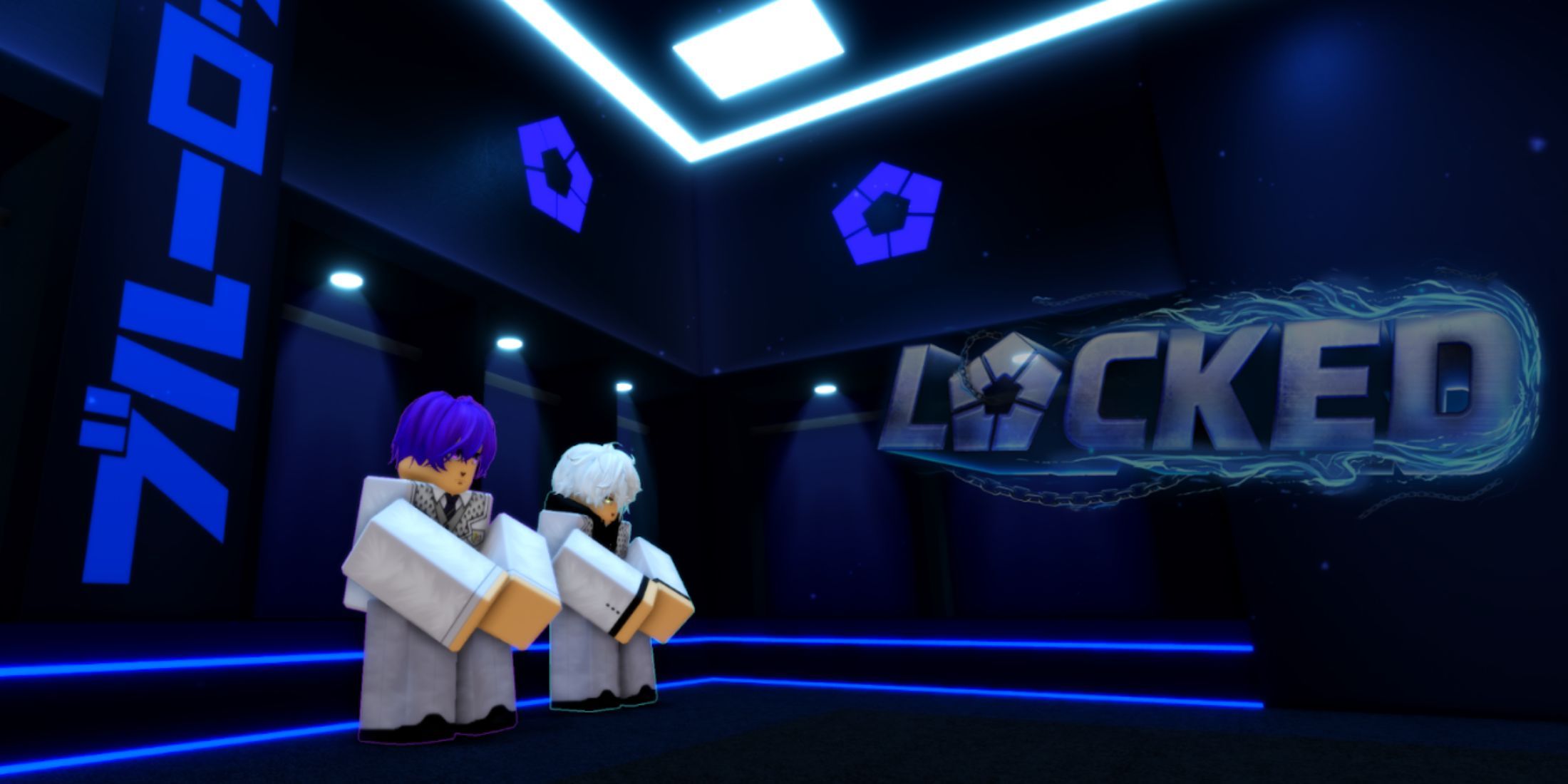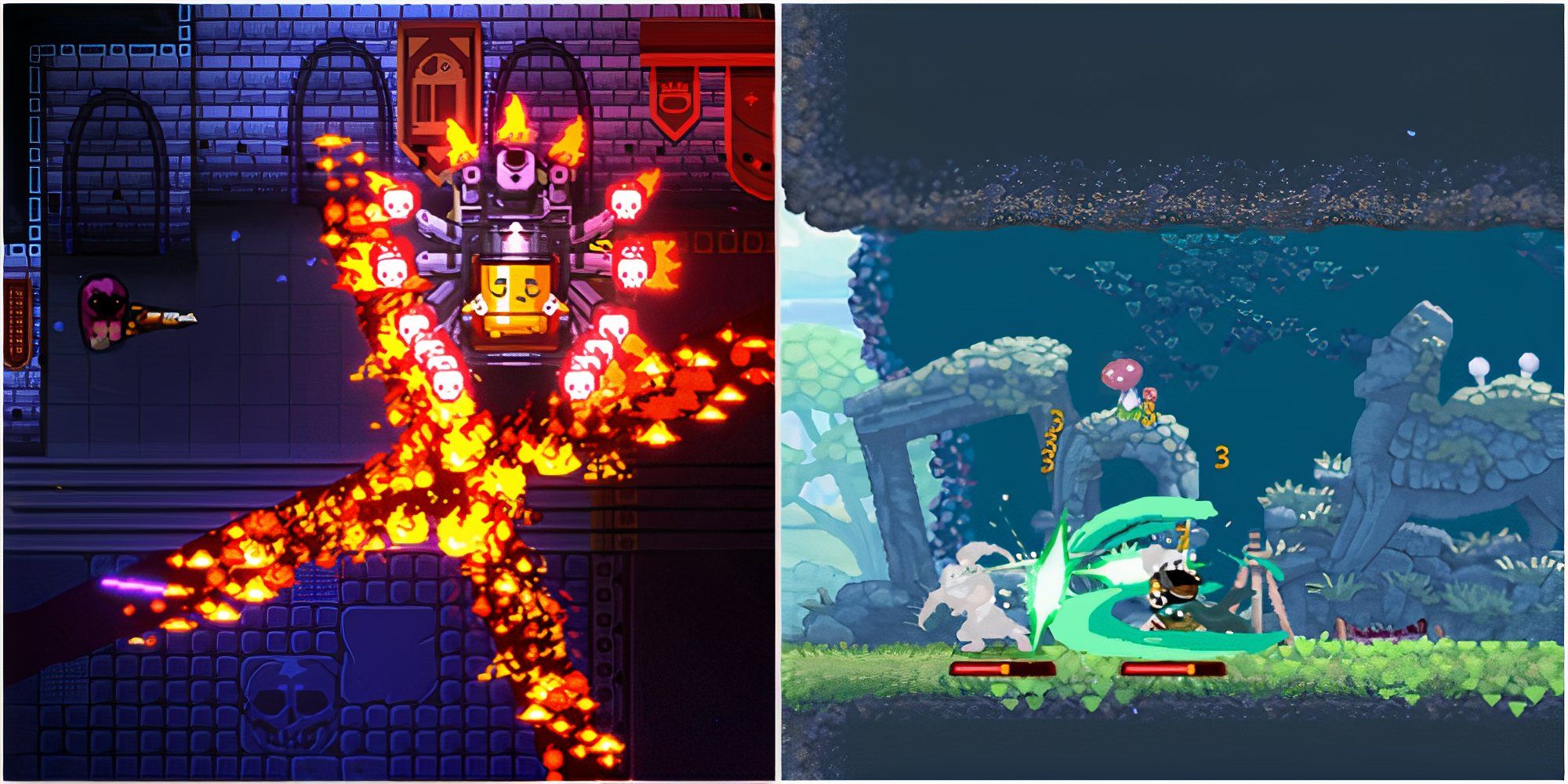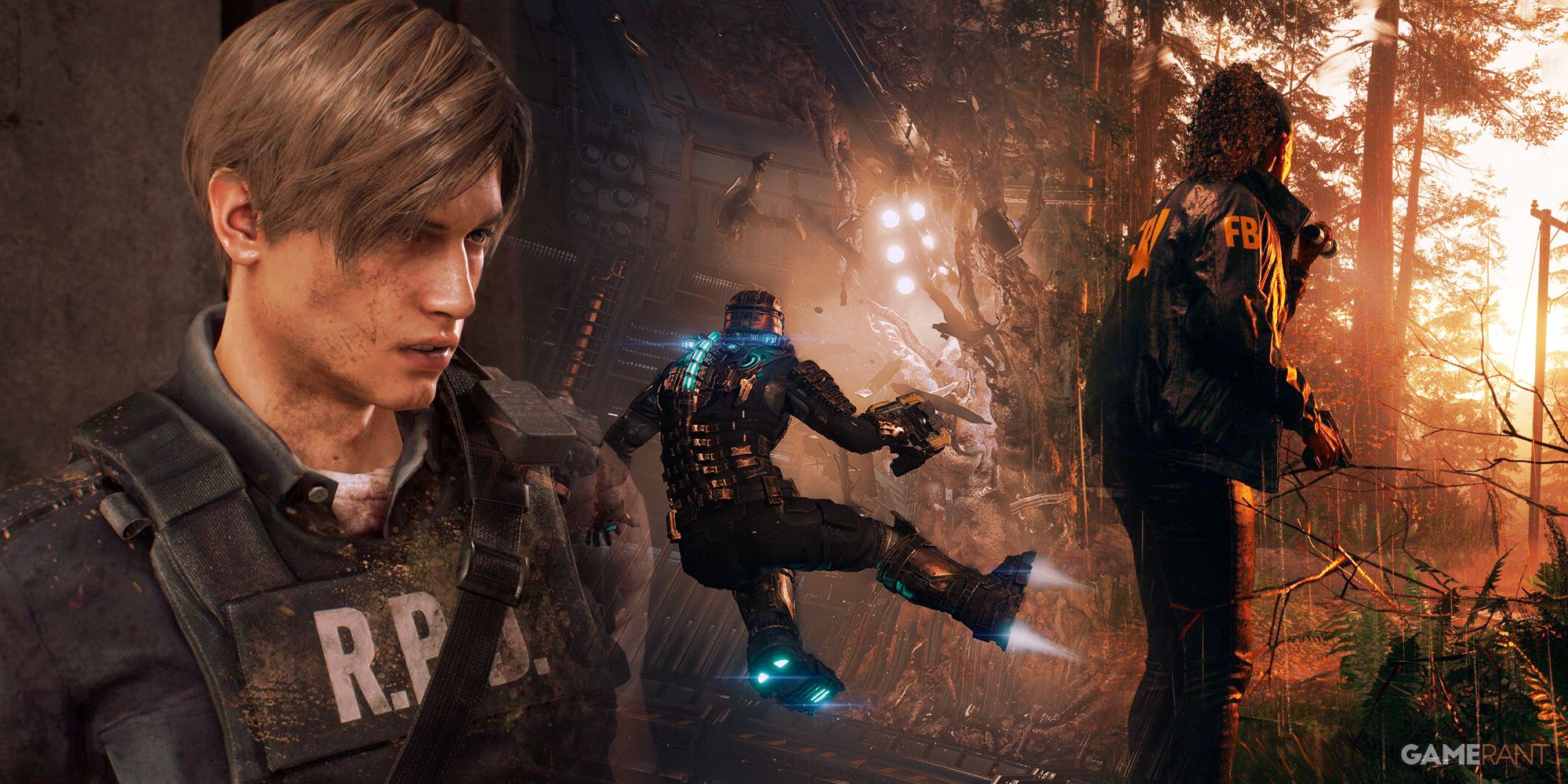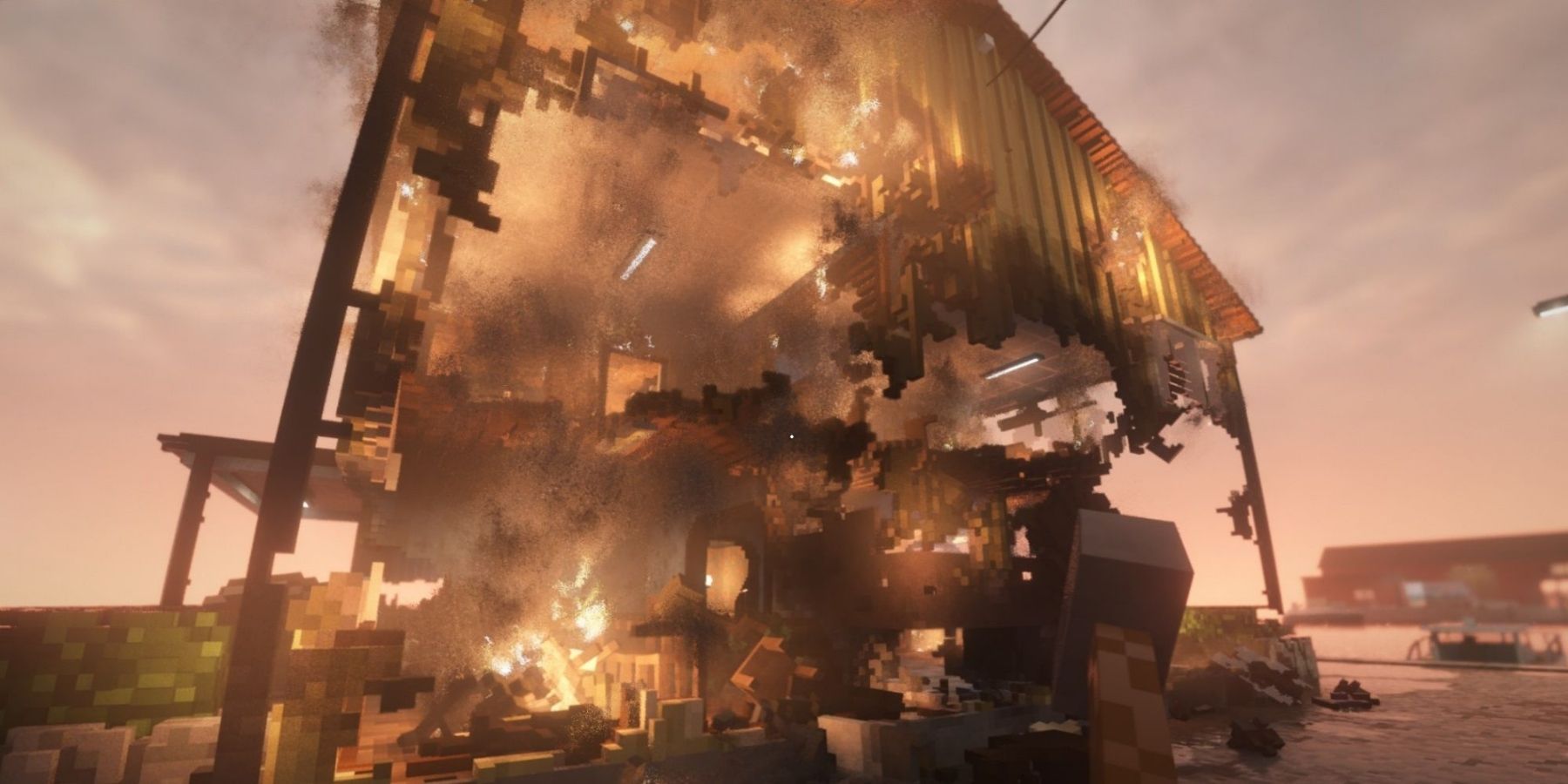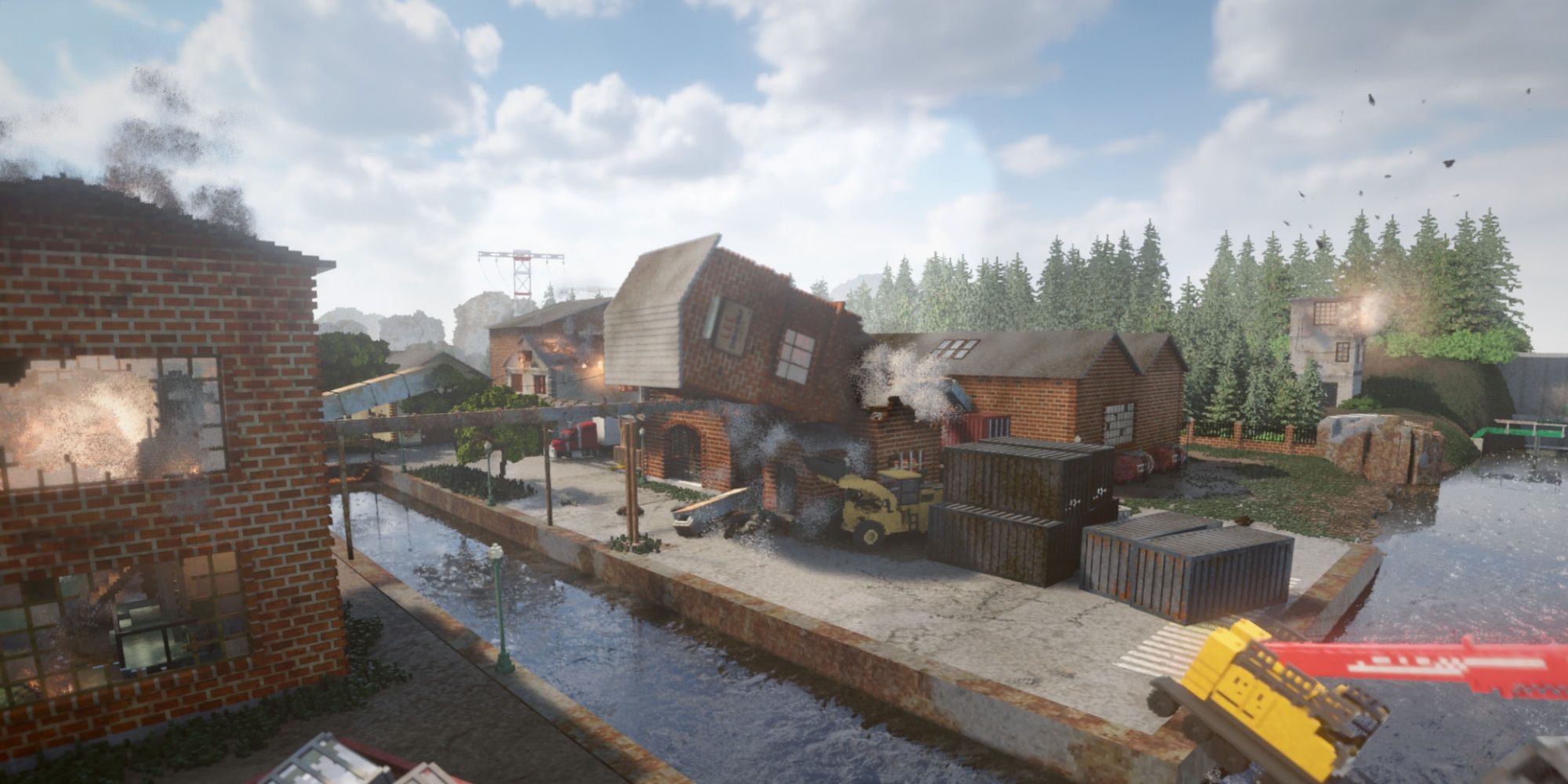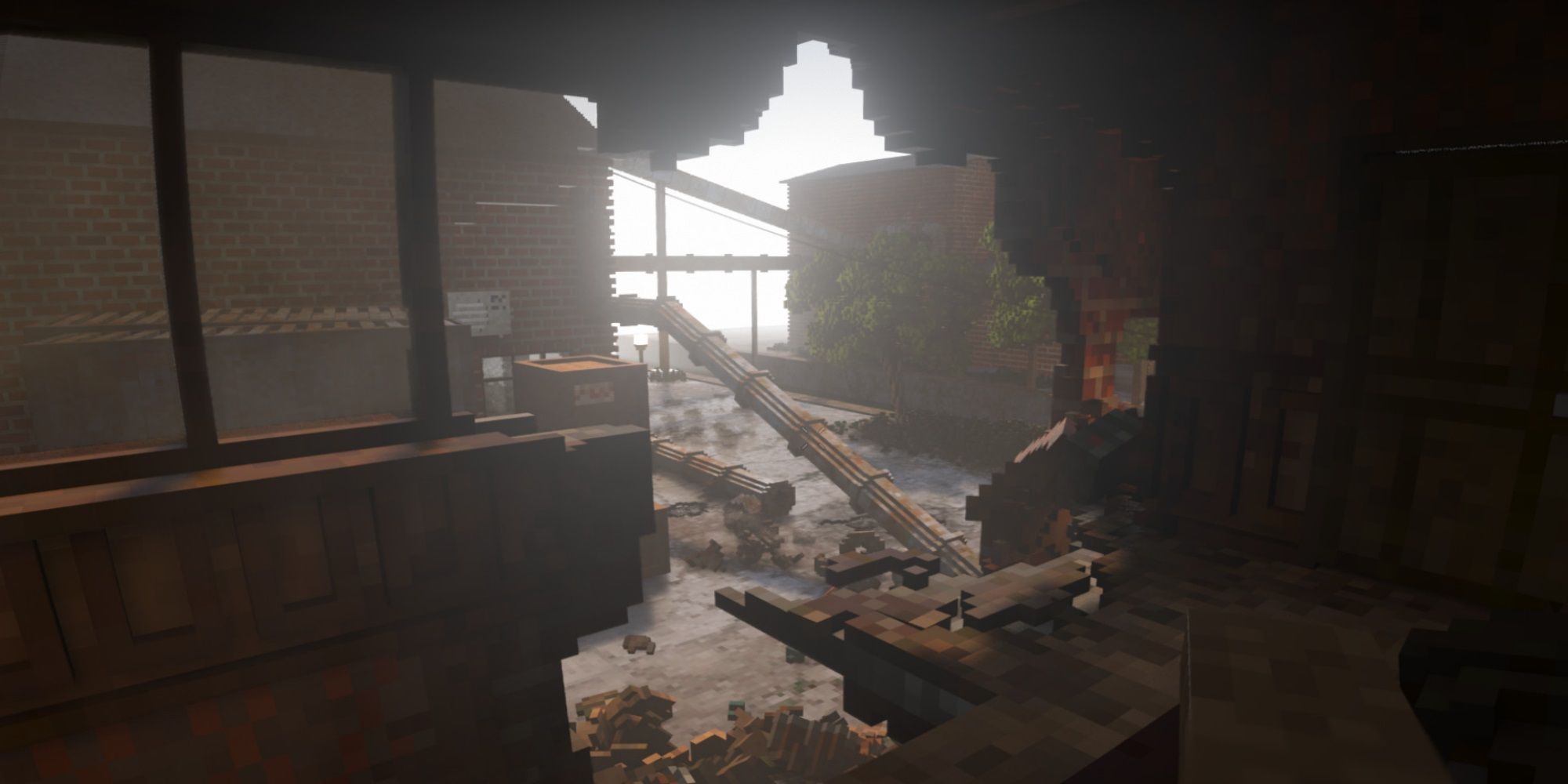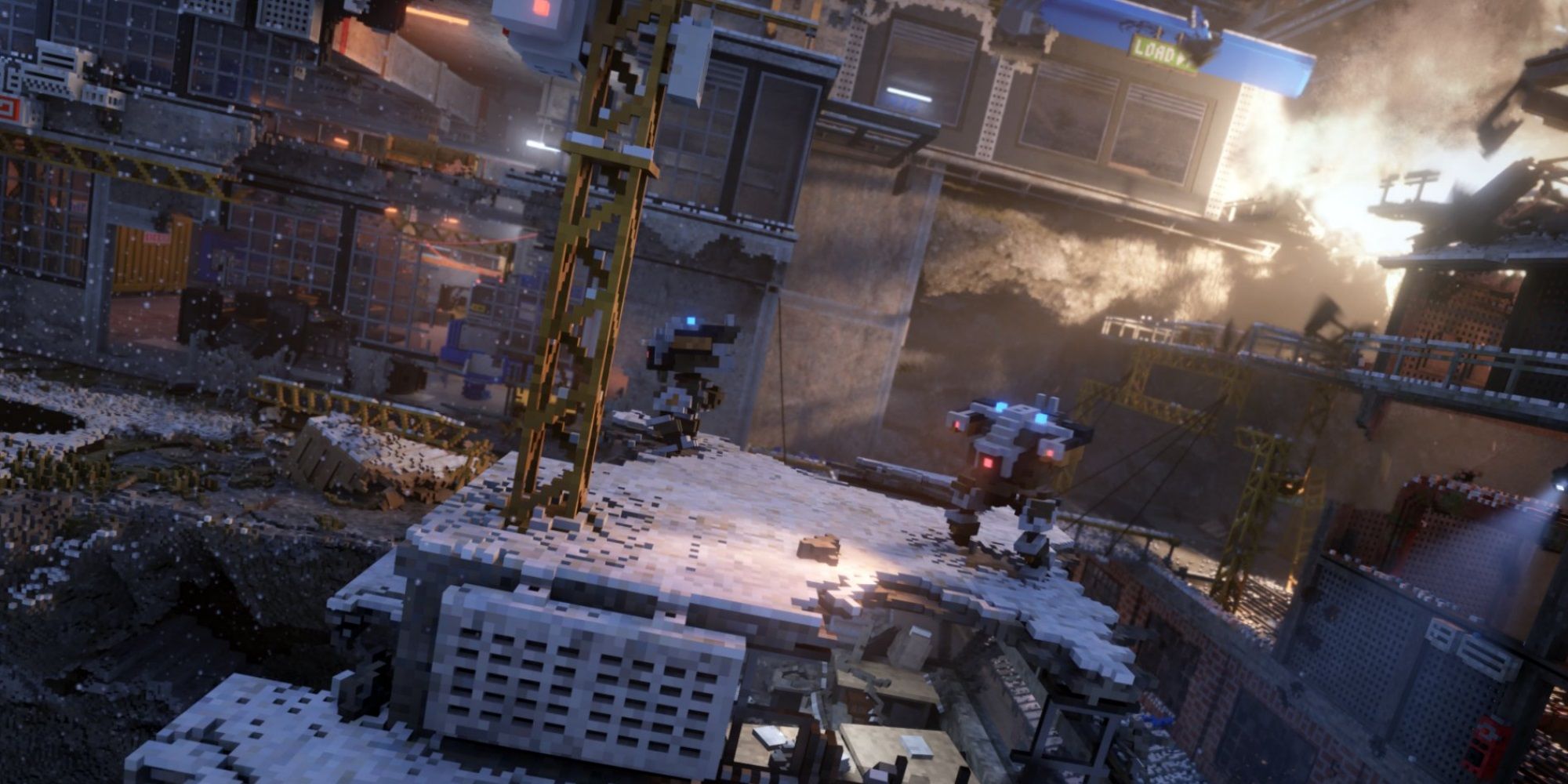Toward the tail-end of 2020, developer Tuxedo Labs released an Early Access build of its debut game, Teardown, which quickly stood out amongst its indie peers due to its fully destructible world. Whatever players could get within a swinging distance of could be destroyed using sledgehammers, blowtorches, and various vehicles—including, but certainly not limited to, bulldozers, cranes, luxury cars, trucks, and even boats. Acknowledged during the 2021 Independent Games Festival as a nominee for the Seumas McNally Grand Prize and a winner in the Excellence in Design category, Teardown perfectly set the stage to make itself a destructive force to be reckoned with.
Teardown is an easy game to fall for in the beginning. It’s a deceptively beautiful game that offers to a startling amount of detail when it comes to its physics. For certain materials such as wood, fire realistically spreads and burns things to ash. Smoke particle effects even surround fire as it rages on, looking particularly astonishing at night. Experimenting with weapons yields satisfying results, as buildings crumble if the foundation is forcibly removed. Thunderstorms can bring with them sudden lightning strikes that will take out chunks of a building and cause a fire, and with future tool acquisitions, players are free to manipulate their surroundings to virtually do whatever it is they desire.
Teardown begins with three modes. The campaign, where players will work their way through a series of heists and climb up the ranks to become the ultimate thief. Challenges, where players are thrown into random environments, are given a fixed, specific set of tools to use, and must complete arcade-style objectives. And, the best mode of the bunch, Sandbox, where players receive fully upgraded tools and are free to create and destroy to their heart’s content, bringing out the best of the game’s promises of freedom, creativity, and experimentation. In Punch-Out!! terms, if Sandbox mode is the Mike Tyson-esque big-league slugger ready to knock any opponent down for the count, Campaign mode is, unfortunately, the awkward, easily-bested Glass Joe.
The campaign mode starts with a brief tutorial and an email from the faceless main character’s mother, informing them that the gas bill needs to be paid, and money is tight. Desperate, the protagonist is forced to do a job of the dubious variety - a general manager at a nearby mall needs a building demolished so that a new wing of the mall can be built in its place. With that simple directive, players are given their initial loadout consisting of a sledgehammer, a spray can, and a fire extinguisher, and the game’s first official mission begins.
Through exploring environments and taking valuables—or doing optional objectives—players can receive money to upgrade their tools, making them much more useful in wreaking havoc or maximizing maneuverability to complete a mission. As players unlock tools, they’ll be able to manipulate materials such as metal and plastic, which expands their options when planning an escape route to save as much time as possible. Many missions peak with the inevitable tripping of an alarm system, and players will have to get to their escape vehicle with their ill-gotten goods in under a minute before the police arrive.
Along the course of a player’s campaign, a vast array of objectives needs to be met. Players will find themselves stealing vehicles, destroying buildings, and even throwing safes containing important information into the sea where they’ll never again see the light of day. There’s a top-down view of the entire layout of each level readily available where players can clearly see where each target item is and can plan their heists accordingly, and the end of every mission will display a shortened replay of the player’s movements, offering a moment of celebration and accomplishment at the completion of a challenging heist. The game’s efforts at a full-bodied campaign, however, are where the cracks start to show.
Teardown is a game that could’ve—and perhaps should’ve—operated without the need for a “story.” Regrettably, there needed to be something to tether one mission to the next and provide a context and sense of growing escalation for why and how certain events take place. It’s here where players don’t get to meet any actual characters or hear any voiced dialogue of any kind where such a feature may have gone a long way in making the game’s attempt at a “story” more palatable. Instead, players will get to their home base after every mission and read through many, many emails from their ever-expanding list of clients. Sometimes, conflict may arise between two clients, prompting players to steal one’s priceless artwork or luxury cars or ruin the other’s places of business. Then, rather than feel the weight of the stakes involved, players will take their tools and go on a similar hunt for items and/or carve out a path of destruction in largely empty, lifeless levels.
Sure, there are robotic surprises that come up around the midpoint of the game to throw a wrench in players’ meticulously planned plots, but for the most part, it’s just the player, their tools, and a set of objectives that start blending together the longer the game goes on. After a while, the lack of other characters to interact with or account for during the planning and execution stages of a heist is sorely felt, and a heist only feels but so gratifying without the vitality of a human element present. In a Hitman or Payday, there’s a palpable thrill to mission successes or failures; there’s a satisfaction in learning the lay of the land, figuring out a means of escape, and improvising when a plan goes terribly wrong. Teardown’s campaign makes that process feel secondary to its demolition-based mayhem rather than refined alongside it. That is likely the point, but itt makes the game feel like a glorified—albeit immensely fun—tech demo rather than a full-fledged game.
Side quests occasionally pop up from time to time, trying to add variety to the proceedings. Like the game’s heist component, some side quests also fall short, as the controls for anything that isn’t specifically in service of wanton destruction are floaty and imprecise. Rather than driving a bulldozer into someone’s garage or using a forklift to get to a hard-to-reach spot, players will find themselves engaging in a race to beat someone’s best time, and cars will move as if they’re always under a thick layer of ice.
Teardown is a wonderful game when it’s utilizing its strengths. Tuxedo Labs created a technical marvel of a game reminiscent of Red Faction: Guerrilla where destruction is its bread and butter and deserves endless praise on that front. Nothing’s quite as refreshing as throwing explosives at a building where it’s weakest and watching it tragically crash to the ground or explode into glorious pieces. All the surrounding elements, however, from the stunted variety and diminishing returns of the heists to the lackluster campaign, work against Teardown to create an uneven seesaw that soars during its highs but underwhelms as it slowly descends from its great heights.
Teardown is available now on PC. Game ZXC was provided a PC code for the purposes of this review.

Teardown
Teardown is a voxel-based destruction game that was created and published by Tuxedo Labs. Taking place in first-person, Teardown sees players going on various heist adventures with destruction at the forefront. The game features multiple tools and weapons, mods, campaign missions and challenges, and more.

